Can the biggest name in streaming video overtake the biggest name in streaming music?
If there is a throne to be won in music streaming, Spotify won it years ago. They've got a great selection, they've somehow gotten a better reputation for algorithms than Google, and with their Student pricing, they lure in younger listeners in droves and then hook them into staying long after they graduate. Not even Apple — the name synonymous with music players for the last 20 years — could make much of a dent. But there is a new challenger coming for the king.
If you're going to try and fight Spotify, you need more than great value, superior selection, and fancy new features — all of which the all-new YouTube Music has. No, you need two things that aren't found in an app's feature-list or shiny, new web client.
You need brand power, and you need to have history. YouTube's brand power and history are far more storied than Spotify's, but how much of that will translate to YouTube Music this time around?
Plans, Pricing, and Device Limits
YouTube Music and Spotify both offer free versions and paid versions. Neither let you download music for offline listening, but YouTube Music will pause the music when free users turn off the screen or leave the Now Playing window, which means that YouTube Music Free will monopolize your screen and thus your battery while you're listening to it.
Spotify Premium and YouTube Music Premium are both $9.99/month for a single user. Spotify offers a family plan of $14.99/month for up to 6 users at the same billing address, and a $4.99/month Student plan that bundles in a basic (ad-support) Hulu subscription. Spotify Premium can bundle with basic Hulu for non-students at $12.99/month. Spotify only has a device limit for downloads, which is 3 devices, each with a download limit of 3,333 songs, which is easy to remember and easy to hit for music addicts.
YouTube Music Premium's family pricing is still coming, but right now, users can still sign up for a family plan of YouTube Red/Premium for $14.99/month for 6 users, and get access to YouTube Music Premium, YouTube Premium on the main YouTube app, and Google Play Music's unlimited subscription. Google has never offered a student discount on its music offerings, but if that changes, we'll let you know.
The new YouTube Music is also only available right now in 5 countries — Australia, New Zealand, Mexico, South Korea, and the US — but Google says it intends to roll the service out to more markets like Austria, Canada, Denmark, Finland, France, Germany, Ireland, Italy, Norway, Russia, Spain, Sweden, Switzerland and the United Kingdom down the line.
Library and Selection
Spotify has over 30 million songs in its catalog, and while YouTube Music doesn't have a hard number for the songs in its service, it doesn't matter what the official number is, because that would only count the official songs YouTube Music hosts through its deals with record labels.
And there is so much more to YouTube Music's selection than that.
YouTube Music has official songs and albums from the record labels, and to that it adds official music videos, live concert videos — both official and fan-uploaded, fan covers, remixes, and mashups. Then there's also the millions upon millions of songs that aren't in YouTube Music's official library, nor any official streaming library, in many cases.
Some of this fan-uploaded content is illegal. When copyright holders serve DMCA requests, YouTube pulls that content, but that's a constant game of whack-a-mole that most labels don't have the time or resources to play. There are also labels that have folded, songs that have partially or entirely lapsed rights, songs that labels have lost, and much of that is only available via fan uploads, so YouTube Music will be the only legitimate streaming service that can even hope to have them unless the service has a personal music locker.
In short: Spotify has more official songs, but YouTube has far, far more music that's actually available to listen to.
The one caveat to YouTube Music's awesome library right now is that library management is still somewhat lacking. Everything you do in YouTube Music shows up in YouTube's main app, from searches to added albums to every song you listen to cluttering up your watch history. YouTube has told Android Central they "are working on making it easy to separate YouTube Music & YouTube Main watch history and will also have a way to hide playlists/albums added from Music in Main."
Stations and Mixtapes — A battle of algorithms
Spotify is known for its algorithms. From the Daily Mixes that will adjust and tweak their listening-based stations every day to the much-beloved Discover Weekly to everyday artist- and playlist-based radio stations, Spotify's recommendations are consistently lauded by tech enthusiasts and music addicts alike. They even break out the algorithm-based Daily Mixes into several different mixes so that you can get more rock recommendations without the teeny pop you play for your daughter sneaking in.
YouTube Music's algorithms don't have the pedigree of Spotify's, and they only have two main mixes for users: Your Mixtape and Offline mixtape. In the new YouTube Music, all genre radio stations have been completely hidden unless you explicitly ask for them. Once you get a station going, though, Google's stations shine like the diamonds in the rough they are.
YouTube Music's station offerings seem inadequate, but only until you listen to one.
Your Mixtape may be a bit diverse in its genres since everything in one mix, rather than separated by genre/type like Spotify, but Your mixtape dials into your tastes very quickly. YouTube Music has years of YouTube history to feed its radio algorithms as well as the recommendations that litter the Home feed. Spotify's algorithms may package things a little better with Daily Mixes 1-7, but those 7 mixes still haven't learned me as well in months as YouTube Music has in a week.
Then we have Offline Mixtape, one of the features of the original YouTube Music. Offline Mixtape takes the algorithm from Your Mixtape and uses it to generate a playlist that is regenerated and re-downloaded daily. You choose how many songs the playlist includes, up to 100, and it presents you with a new mix every day to rock out to during your commute. Offline Mixtape is a downloadable Daily Mix, something that not even Spotify's many mixes can do.
Stability and Sound Quality
YouTube Music is in the "Early Access" stage right now, and it is quite clearly not a final product. There are serious UI bugs, especially when using the app offline, casting, and trying to manage or browse your own library, as every category in Your Library is sorted by date added rather than name.
YouTube Music's audio quality right now is also rather average. Spotify offers audio streaming qualities up to 320 kbps via Spotify Premium's "Extreme" audio quality option, whereas YouTube Music's current music quality in the app is about 128 kbps. YouTube Music has told Android Central that more robust audio quality settings are coming in an upcoming update. Spotify also has Android Auto support, something every music subscription service should have in 2018, and video-based YouTube Music needs it even more than most.
For now, YouTube Music sounds fine unless you're an audio snob, and it's a bit buggy. We expect things to improve soon, but we have to compare what we have right now.
Why Spotify is better right now…
Spotify has almost a decade head-start over YouTube Music: a decade to build a loyal user base around the world, one of the best-known brands in music, and enough history with its users to deliver consistent and consistently awesome mixes to its users daily, weekly, and yearly. It's also had a decade to smooth out its rough edges and refine their experience, while YouTube Music is still firmly in the growing pains stage of its development.
Spotify is still the clear winner for students, as $5/month for Spotify Premium and Hulu is pretty hard to beat, and by the time the Student discount ends, most users have too deep a library and history in Spotify to just pick up and move to a new service.
Read more: Everything you need to know about Spotify
…and why YouTube Music is going to dethrone it sooner than you think
Spotify has built itself up as one of the biggest names in music, but its brand power is still a drop in the bucket compared to YouTube, which is one of the most-visited sites on the internet. YouTube's brand power even extends to music already — from the most viewed music videos ever to viral covers from upcoming artists, from mind-blowing remixes to that one song that you can't remember the lyrics to.
You already use YouTube for music. Google just needs to convince you to pay for it.
YouTube Music has a few very compelling arguments already — if you're a free user, you have to keep the screen on the whole time, which is a battery drain and keeps you from using your phone for anything else. You also can't download music for offline playback without Premium, which is a more common practice. However, the most compelling reasons for subscribing aren't even in YouTube Music — at least, not today.
YouTube Premium is $2/month more than Music Premium, and is the no-brainer for anyone considering paying for a YouTube subscription. For $2 more, you get offline and background playback on all of YouTube instead of just on YouTube Music content. You get rid of YouTube ads on all of YouTube, and you get access to YouTube Originals, should you need any more freebies thrown in.
Then there's the news that Google Play Music is going to eventually give its best feature to YouTube Music: its music locker. Google Play Music's free, 50,000-song music locker is something that doesn't really have a rival on the market right now. If a user can't find a song in Google Play Music's subscription library, they can upload it to their library themselves. That's invaluable, and it's coming to YouTube Music, which will combine the biggest, baddest music subscription catalog on the planet with the ability to patch any conceivable hole in it a user finds.
Read more: YouTube Music review
If you're willing to play the long game…
YouTube Music is going to be a major competitor soon, but don't subscribe to YouTube Music Premium right now — or YouTube Red, since Music Premium's new pricing tiers haven't quite rolled out yet. Subscribe to YouTube Red, use Google Play Music as a stable music player and robust music locker, enjoy YouTube Red as it gets upgraded to YouTube Premium, and start playing with YouTube Music, building your library and dialing in its algorithm.
Then, when YouTube Music is ready for your full-time use, Your Mixtape will already know you to a T.
On the other hand, Spotify is experimenting with original content and podcasts, and has over 160 million customers, including 71 million paying users. Spotify is going to be the biggest player in the game for a very long time, even if companies like Google, with YouTube Music, are putting them under pressure.
from Android Central - Android Forums, News, Reviews, Help and Android Wallpapers https://ift.tt/2J4j4bX
via IFTTT
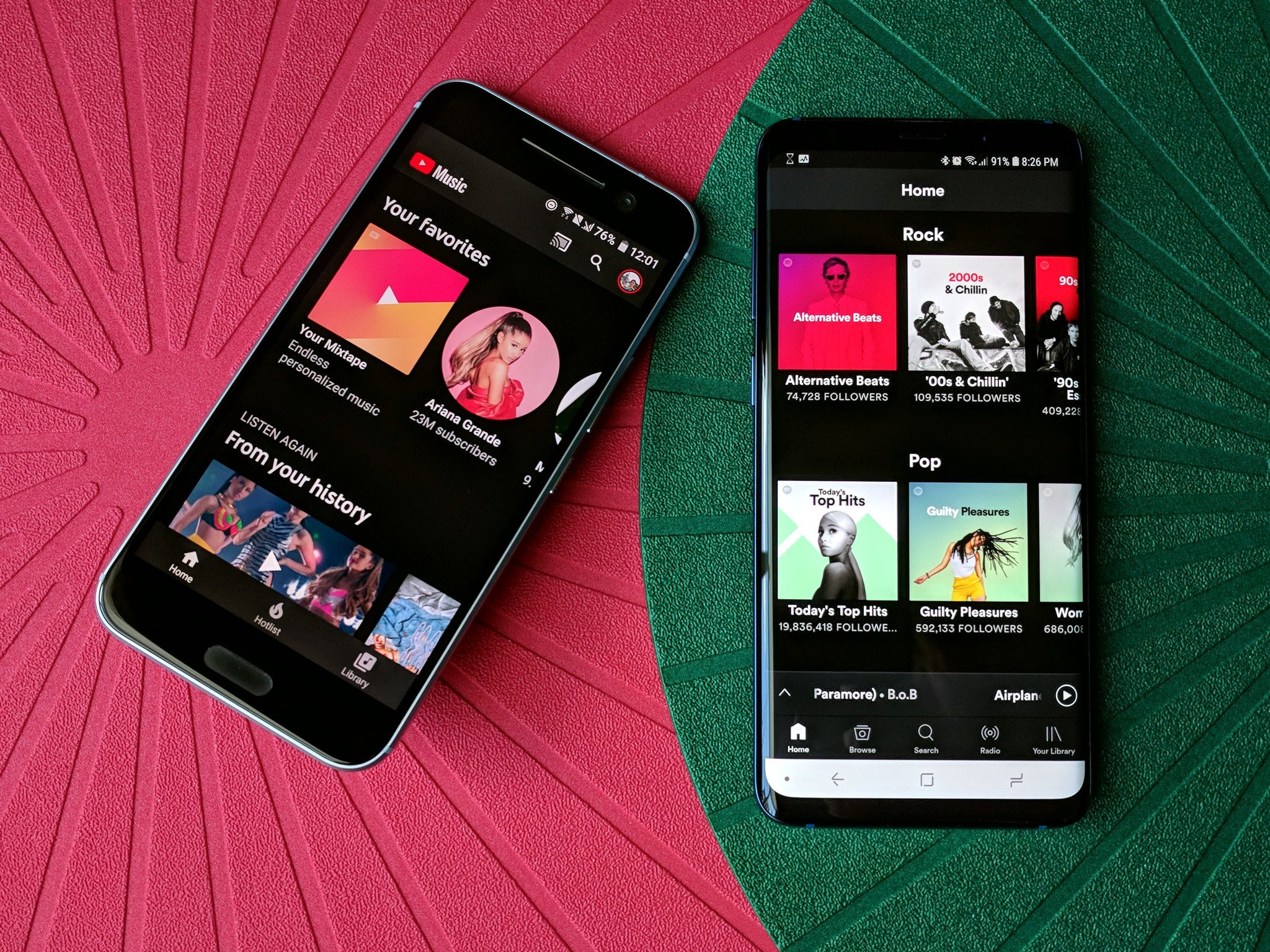

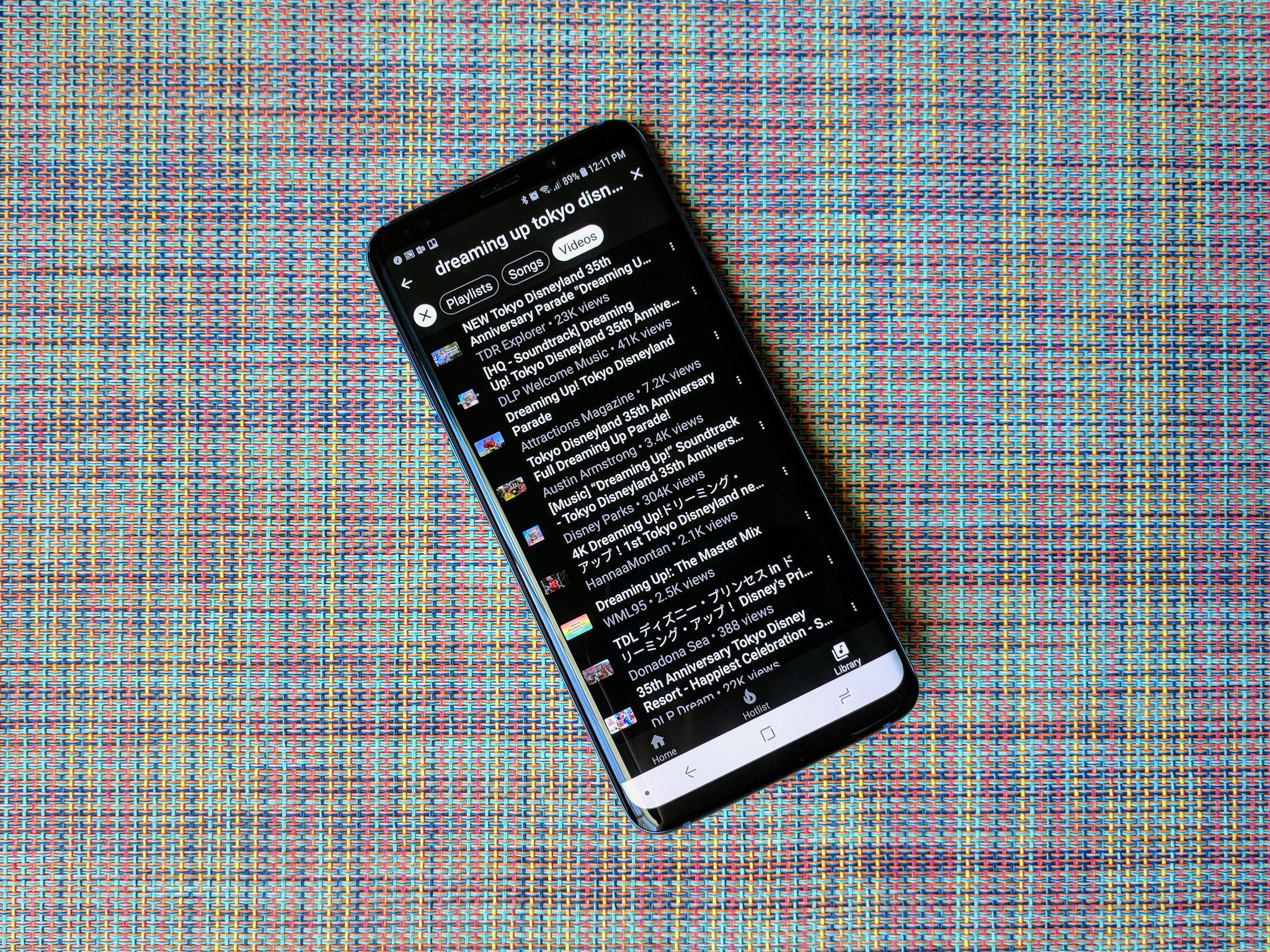
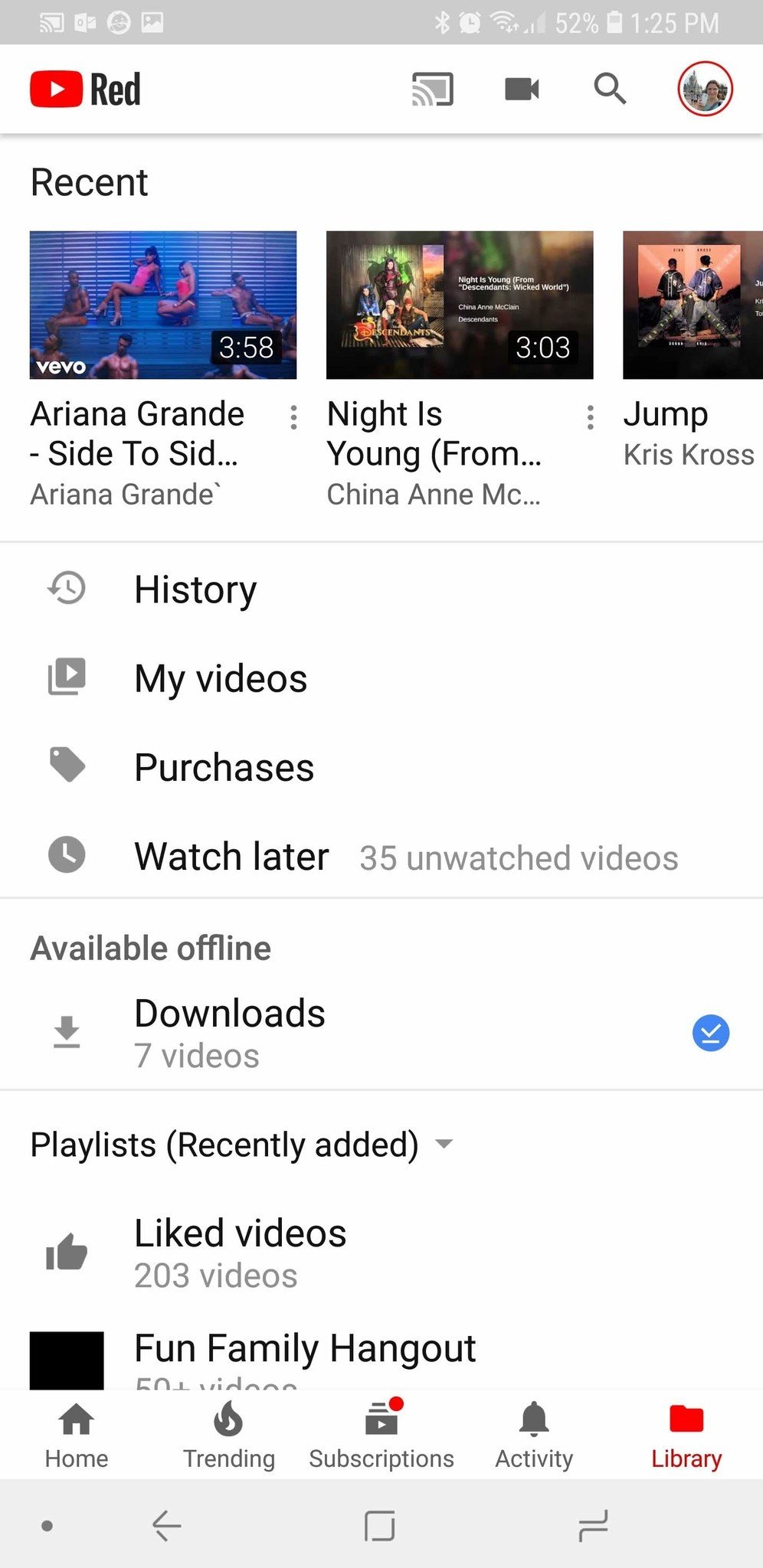
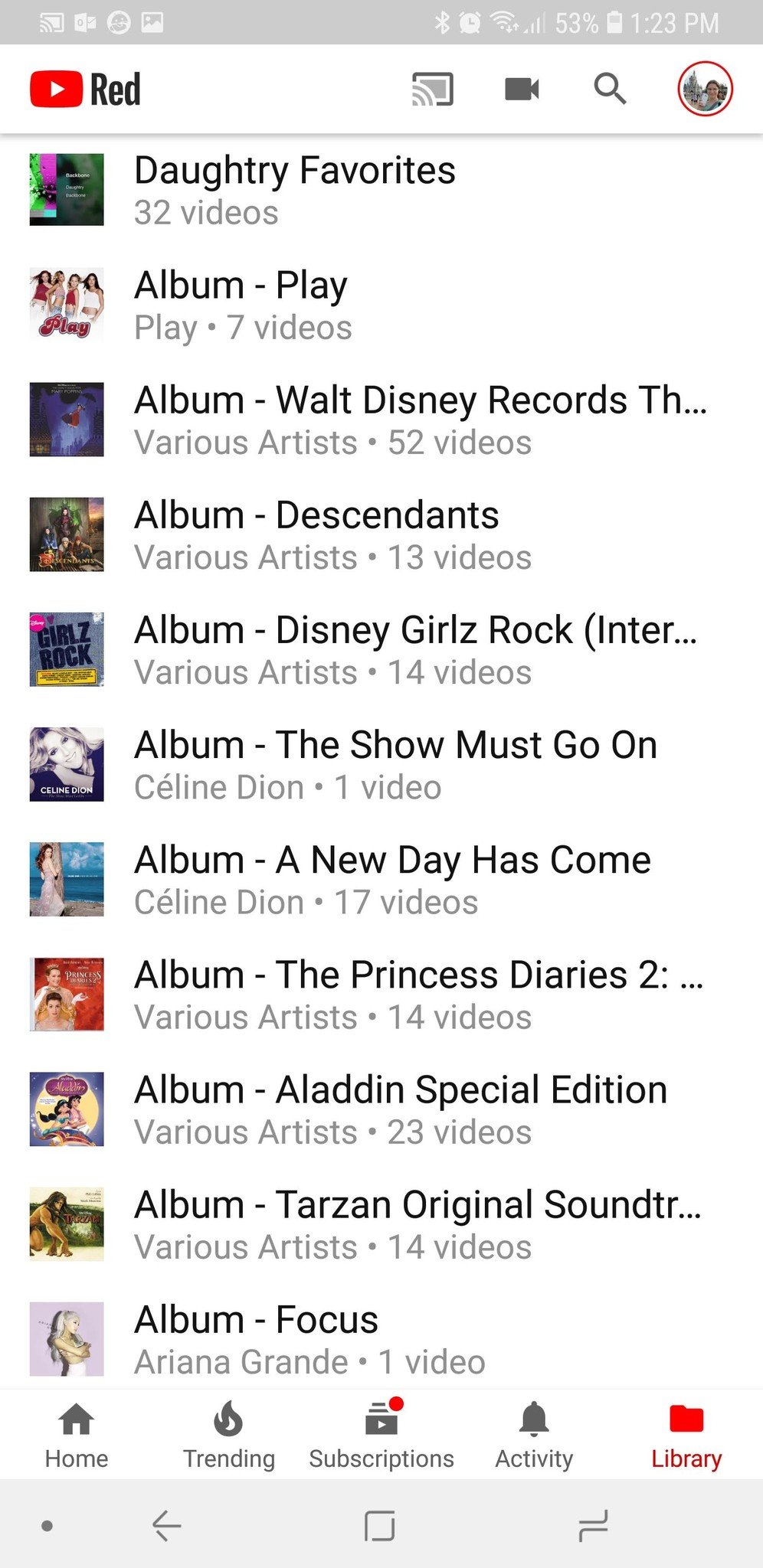
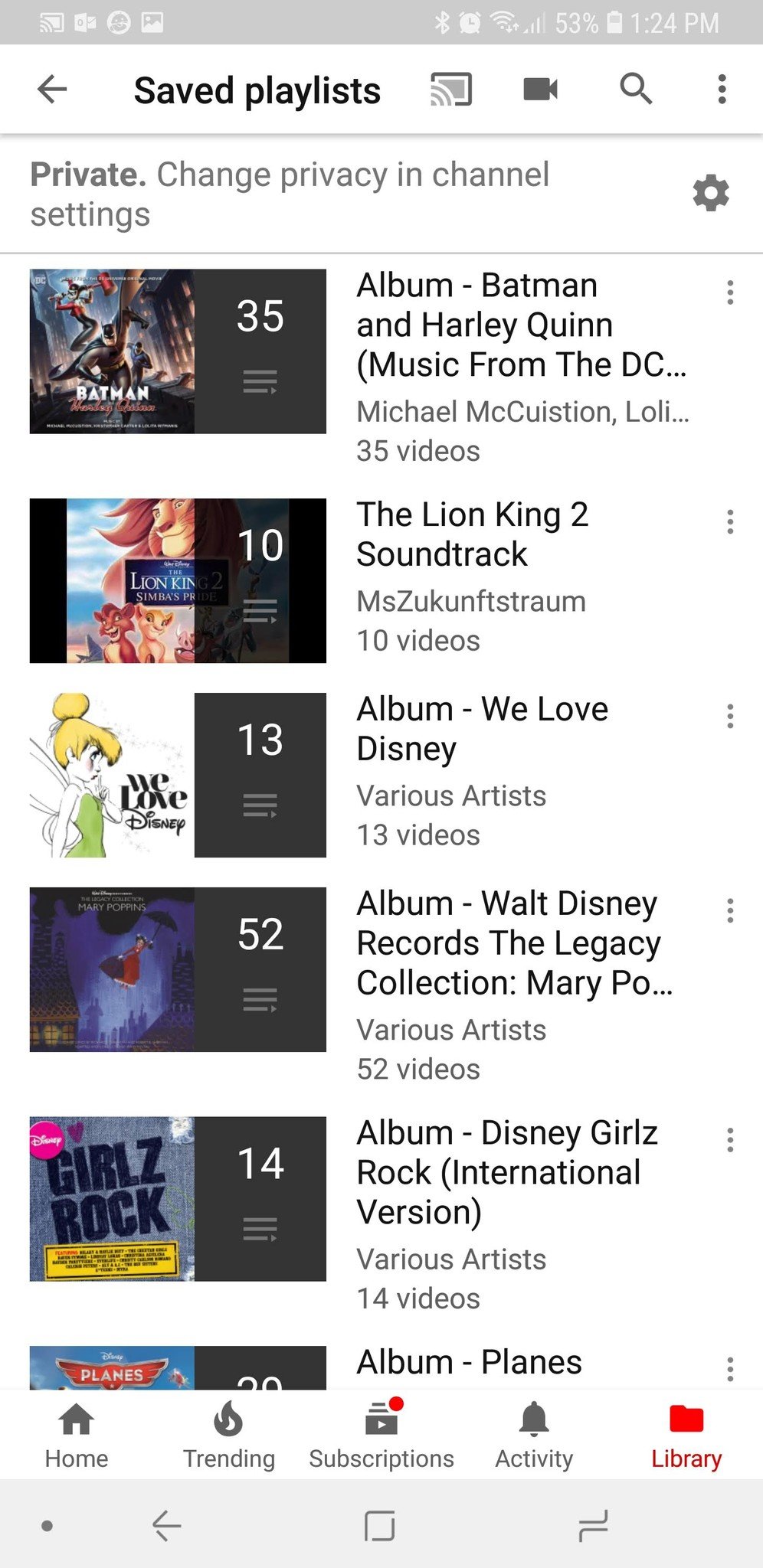
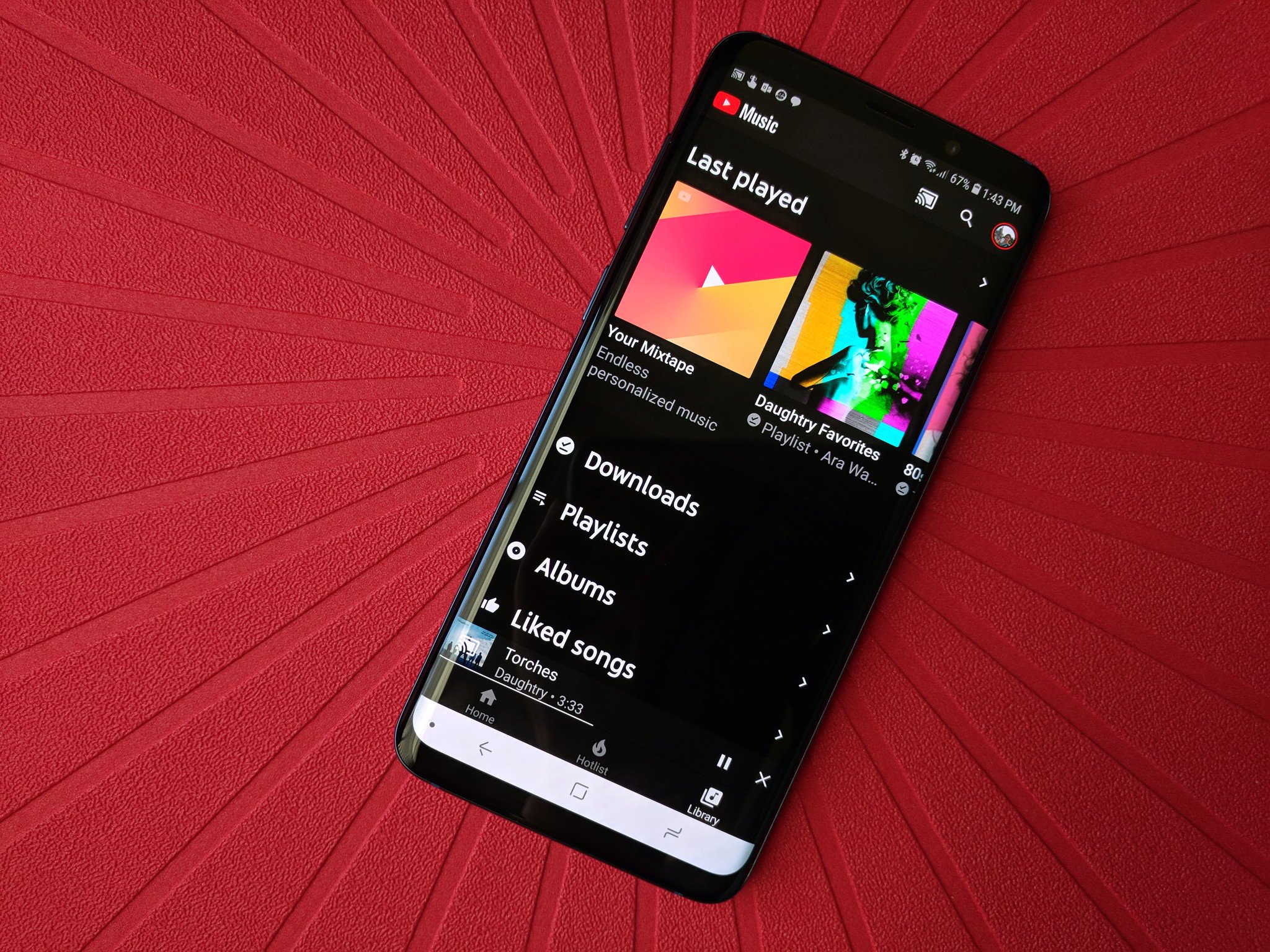
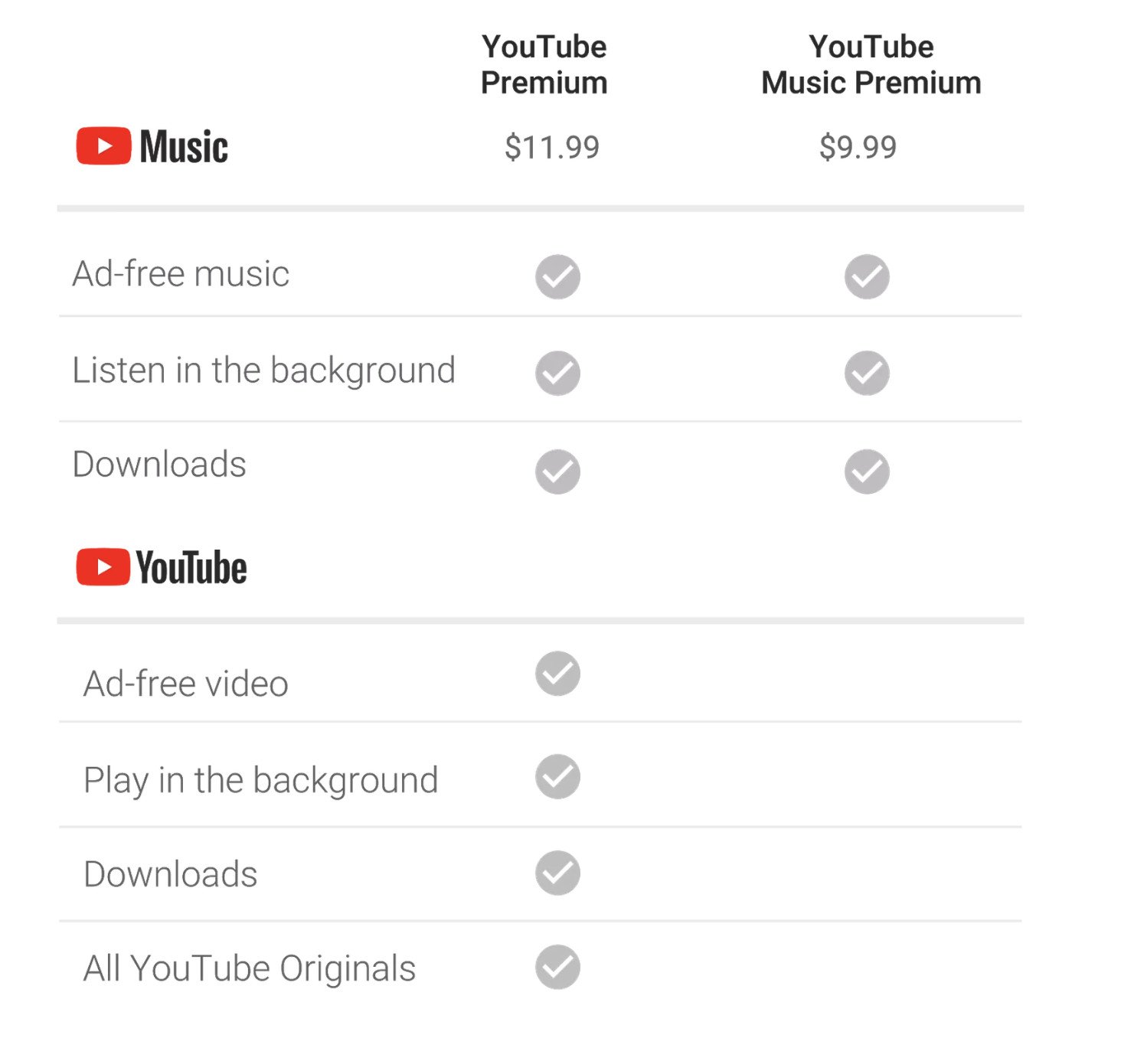
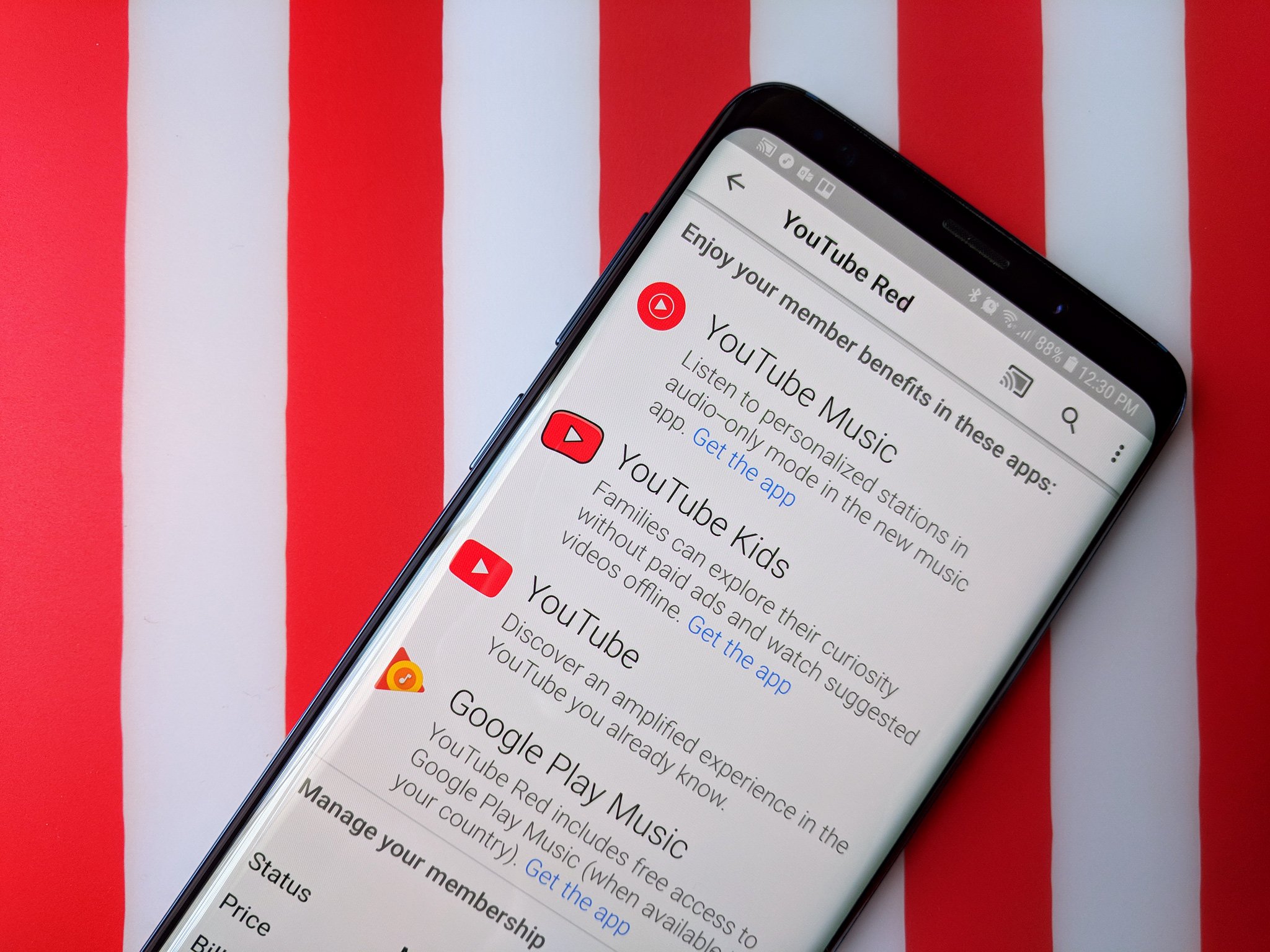
No comments:
Post a Comment